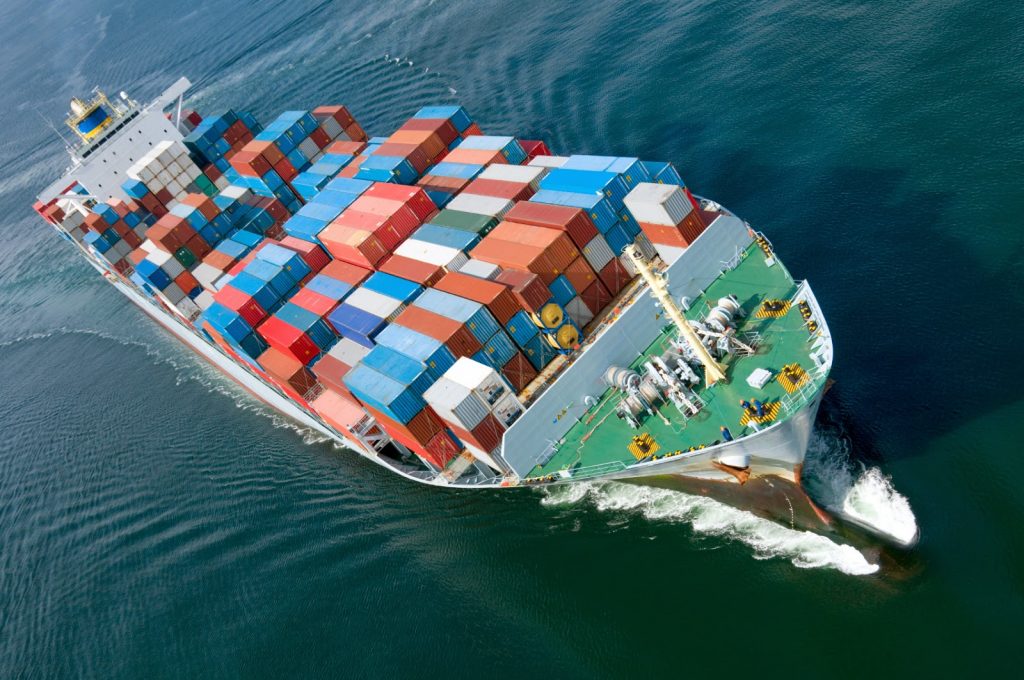Multiple connectivity corridors and industrial value chains can be developed in the Bay of Bengal region by India, Japan and Bangladesh, transforming the region into a trade and logistics hub.
This was theme of Asian Confluence, (premier Think Tank based in Shillong) organised colloquium in New Delhi in partnership with the Embassy of Japan, New Delhi, titled “Towards a Connected and Prosperous Bay of Region: Perspective on the Northeast India and Bangladesh Connectivity” on Friday.
In his remarks, Hiroshi Suzuki, Ambassador of Japan to India, emphasized the need for development of industrial value chains in the region and said that the upcoming Matarbari deep seaport in Bangladesh could be a real game changer in the Bay of Bengal region.
Highlighting the importance of the Bay of Bengal and the strategic role of Bangladesh, Md. Mustafizur Rahman, High Commissioner of Bangladesh to India, said, along with road, rail, and water connectivity, there is a need to focus on air connectivity and people-to-people connectivity.
Smita Pant, Joint Secretary (Bangladesh, Myanmar), Ministry of External Affairs, highlighted the great strides made by India and Bangladesh in improving trade, that Bangladesh can now use Kolkata and New Delhi airports for third country exports and the need to focus on railway, Inland Waterway Transport and other forms of connectivity projects between India and Bangladesh. On this special occasion, a comprehensive report entitled “Assessing Connectivity between Northeast India and Bangladesh: Towards a Prosperous Bay of Bengal Region” was released.
The report is based on a thorough study conducted by Asian Confluence on connectivity between Northeast India and Bangladesh and is based on primary inputs based on field visits, surveys and stakeholder consultations.
Present on the occasion were, Aditya Mishra, Chairman, LPAI, Secretary Shipping Sanjeev Ranjan along with members of Asian Confluence Governing Council — MP Bezbaruah, Honorary Permanent Representative of World Tourism Organisation(WTO), Riva Ganguly Das, Former Secretary East, MEA and former High Commissioner of India to Bangladesh, Ajay Sethi, President, and Managing Partner of ASA Associates; Lt. Arvinder Lamba Member, former Vice Chief of Army Staff, Indian Army, Dr. Rajat Nag, former managing director, Asian Development Bank (ADB), and Amb. Rajiv Bhatia, former, ambassador of India to Myanmar and many other esteemed dignitaries. After the release, Dr. Prabir De, Professor RIS, delivered a presentation on the report’s findings prior to the panel discussion.
Noted strategic affairs expert, Prof. C Raja Mohan delivered the keynote address and stressed that the South Asia Region is emerging out of the past, with the reestablishment of connectivity that existed before the partition.
The program featured a panel and interactive session moderated by Sethi, which made insightful interventions on various aspects of India, Bangladesh, and Japan relations and how the trio can come together for inclusive growth and development of the Bay of Bengal region.
Das highlighted the great learnings made in border movement during the pandemic and the need to plan for any unforeseen challenges in the future. While highlighting all the ongoing projects along the Indo-Bangladesh border, the Chairman of the Land Ports Authority of India (LPAI), Aditya Mishra, explained how the LPAI and Bangladesh Land Port Authority (BLPA) are closely coordinating on matters of mutual interests. Earlier in the welcome remarks, Sabyasachi Dutta, Executive Director, Asian Confluence spoke about how the Bay of Bengal region was connected in the past.








